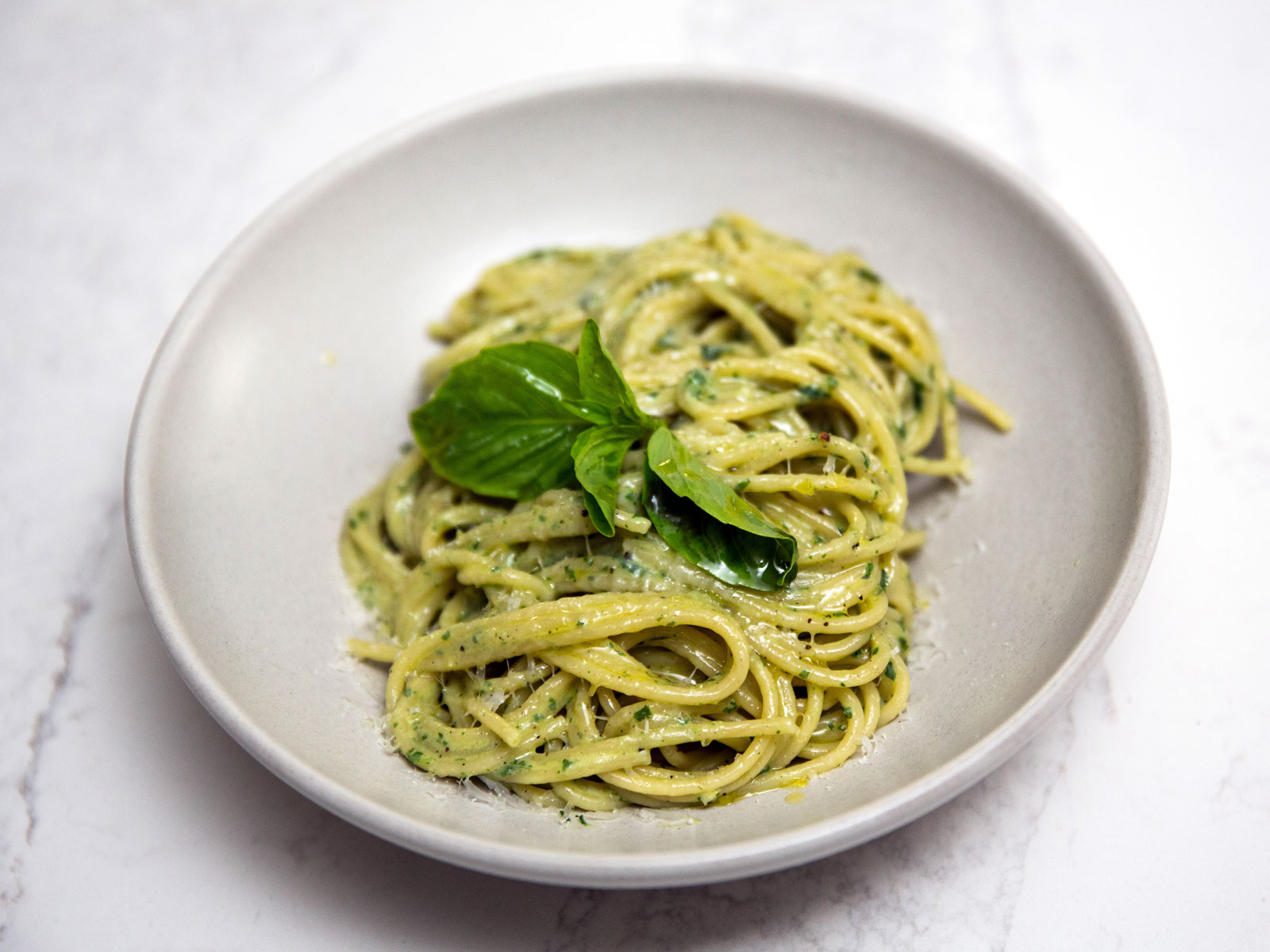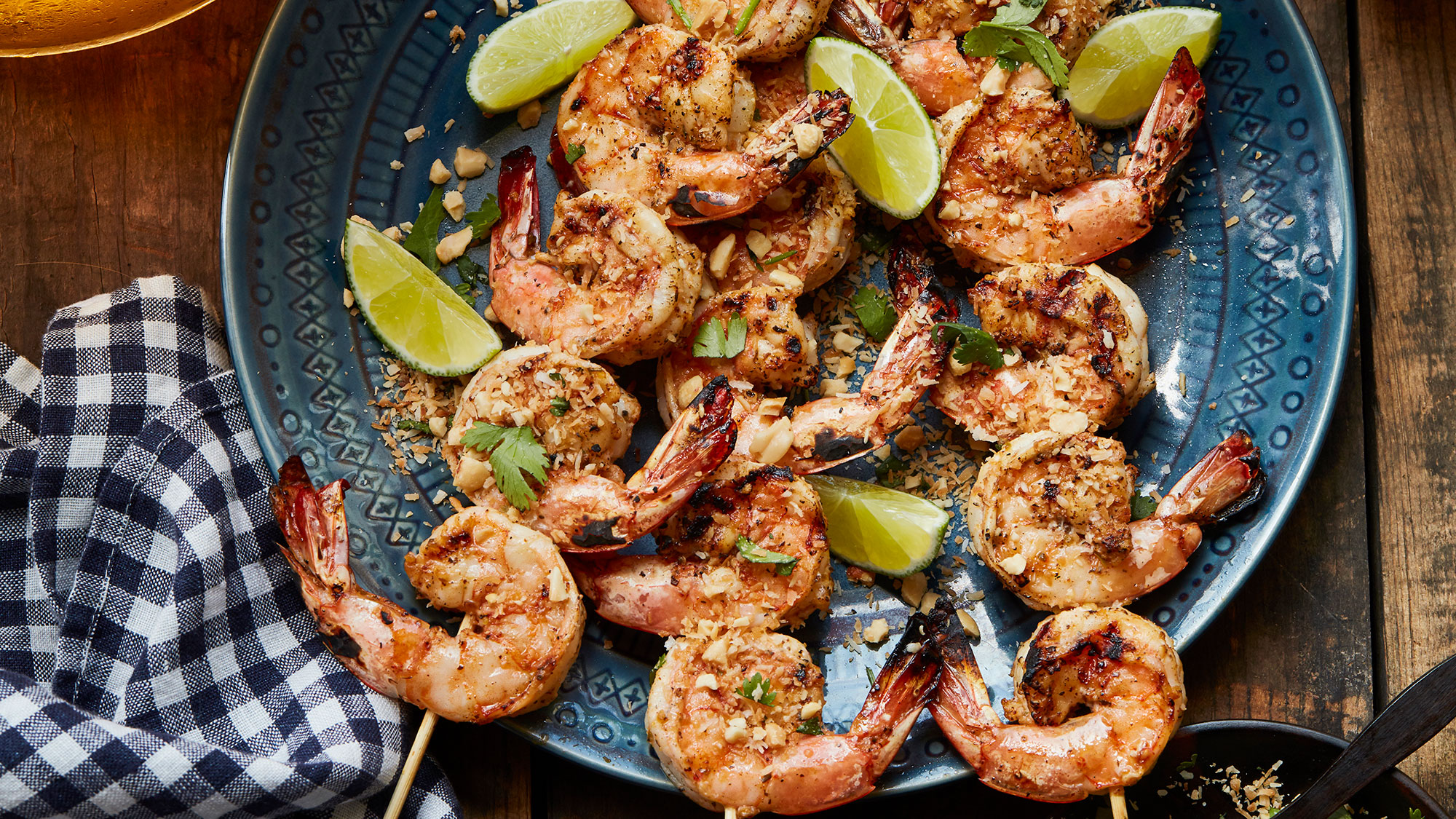James Beard Award-nominated food writer Sarah DiGregorio knows her way around a slow cooker. And now, she’s written the book (literally) on how to use one—Adventures in Slow Cooking: 120 Slow-Cooker Recipes for People Who Love Food, out today.
The recipes are spot-on; everything from ramen to eggplant parm and even a Cardamom-Molasses Apple Upside-Down Cake. And the foreword by Grant Achatz is delicious, too—but just as exciting are her expert tips about the equipment itself. It’s clear that DiGregorio has spent a lot of time with her slow cooker—she wrote our Guide to the Best Slow Cookers, after all—and she has endless knowledge for slow-cooking newbies and veterans alike.
Her guide to “Getting the Most Out of Your Slow Cooker” is packed with advice on small ways you can step up your slow-cooking game. Here are some of the best tips.
To make sure your flavors pop...
“It’s helpful (and logical) to start with ingredients that can stand up to long cooking—flavors that can take a little mellowing and actually be improved by it. That can be as simple as a big dose of ginger and garlic or a spoonful of fennel seeds and red pepper flakes or a handful of pickled peppers. But keep in mind that as a general rule you can use a larger quantity of big-flavor ingredients than you normally would, because their intensity will mellow.”
For optimal taste and texture...
“I really wish you could just throw raw diced onion in the slow cooker, but you generally can’t. If you do, the onions will retain a weirdly crunchy texture while also giving off a ton of liquid that will swamp the dish. That’s why I nearly always sauté onion, garlic, and other aromatics before adding them to the cooker.”
When you’re using frozen foods...
“Always defrost and drain frozen foods before putting them in the slow cooker. This is for two reasons: First, frozen foods contain water, and defrosting and draining first prevents that water from diluting the dish. Second, and most important, frozen foods will prevent the temperature of the food from rising quickly enough as it cooks, and that’s a food safety issue.”

If your slow cooker is getting too hot...
“On most cookers, the hottest spot is a thin strip all around the bottom of the side of the insert and, in particular, the side that is opposite (farthest from) the control panel. It might also be the two narrow curved sides on an oval slow cooker. Luckily, there’s an easy fix. When you’re cooking anything that might be at risk of burning against the side (like a frittata or a cake that’s baked directly in the insert), just put a folded strip of foil around the sides of the insert...You can do it only on one side or both, depending on your slow cooker’s temperament. The foil will act as insulation and prevent overbrowning.
To expand your horizons...
“You can use your slow cooker as a water bath for making custards or as a steam oven for cakes—you just need bakeware that fits in the insert. Anything that’s oven-safe is fair game. Ramekins, either four or eight ounces, are extremely useful for custards and puddings, as are eight-ounce canning jars, and a baking dish or loaf pan is great for steamed cakes and cheesecakes. And the presentation is pretty, too.”
Exceperted from Adventures in Slow Cooking by Sarah DiGregorio. Copyright © 2017 by Sarah DiGregorio. Reprinted by permission of William Morrow, an imprint of HarperCollins Publishers.
This article was written by Hannah Walhout from Food & Wine and was legally licensed through the NewsCred publisher network. Please direct all licensing questions to legal@newscred.com.









